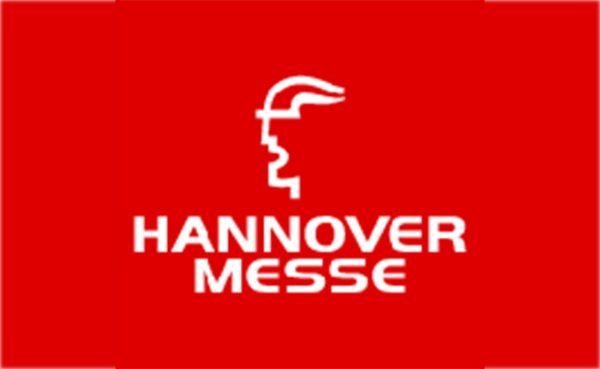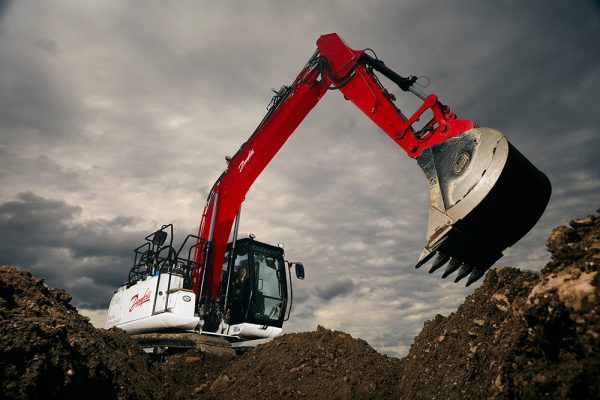Shredders Boast a Sharper Edge With Hydraulic Drives
WEIMA chooses Hägglunds Hydraulic Drive Solutions for sustainable shredding, paving the way for intelligent, autonomous systems.
By Jonas Hägglund, Business Sector Manager, Hägglunds.
As the world’s focus on recycling grows, sustainability remains top of mind. Providers of high-quality machines for shredding and briquetting are looking for ways to increase the life cycles of these demanding machines while remaining environmentally friendly. One solution found to increase both sustainability and machine life cycle is using hydraulic drive solutions.
When WEIMA, a leading manufacturer of machines for shredding and briquetting, was looking for a hydraulic drive solution, they turned to Hägglunds, drives that give you high performance and intelligent controls in a compact system. WEIMA now equips all shredders with Hägglunds drive solutions.
The Choice of Drive Is Crucial
“Our customers want systems they can operate 24/7,” says WEIMA Managing Director Andreas Mack. “Production time means output, which in their business means turnover. But the process material is destroyed in our machines as it goes from one form to another, which places a huge strain on the machines and their components.”
“What’s the secret of a shredder?” Mack explains. “It’s not the steel, but the drive train, the machine control and the cutting geometry. We convince our customers that the best drive system they can have on a shredder for waste recycling is a hydraulic drive system.”
The primary advantage of hydraulic systems is the ability to generate high forces and torques while maintaining a compact size. Because they are capable of moving heavier loads and providing greater force compared to mechanical or electrical systems, these systems provide precise control and high torque at low speed, making the product ideal for rugged environments.
Variability for Changing Demands
Hydraulic drive systems allow the shredder to adjust to variations in material loads, giving the machine the ability to cope with increased resistance, compared to electric systems, which may stall or overheat. Mack says the flexibility in designing shredders with hydraulic systems is matched by that of operating them. “One of the big challenges for our customers is the changing input material, which can be small or large, light or heavy and possibly full of impurities,” he explains. “The ability to vary these two aspects, speed and torque, means security and risk reduction for the customer.”
Unlike an electromechanical drive, Mack notes, a Hägglunds drive can solve the needs of the moment. “Every machine can be changed, but you have to spend a lot of money and use a lot of components to give a traditional drive more speed or torque,” he says. “This is the big advantage with the hydraulic drive train. You just push the lever, so to speak, and you have more speed – or less speed and more torque.”
In addition, a hydraulic drive can shift between forward and reverse operation, as often as needed. “Customers may have to reverse a number of times to bring the material into position for the cutting geometry,” Mack says. “Variability, being able to continue working at all times, is why they should never consider anything else but a hydraulic drive train.”
Pursuing Even Smarter Shredders
Looking ahead, WEIMA plans to continue innovating, especially when it comes to digital solutions. Mack envisions more independent shredders down the road, and he sees cooperation with the Hägglunds team as part of reaching that goal.
“I want to see completely automatic, self-regulating systems, where the shredder decides the necessary operating mode based on sensors that get information from the machine,” he says. This idea fits neatly with the condition monitoring and other connectivity already being employed in Hägglunds drives. My vision for the years to come is a shredder that learns and is able to decide the best thing for a customer’s production, and we have projects with the Hägglunds team where this is in focus.”








